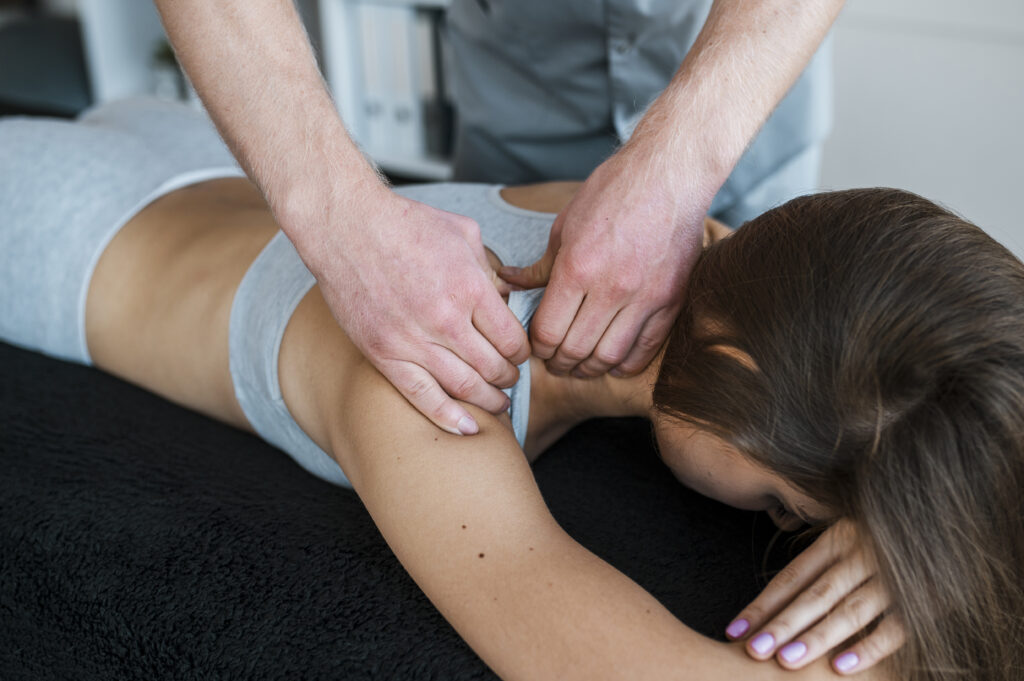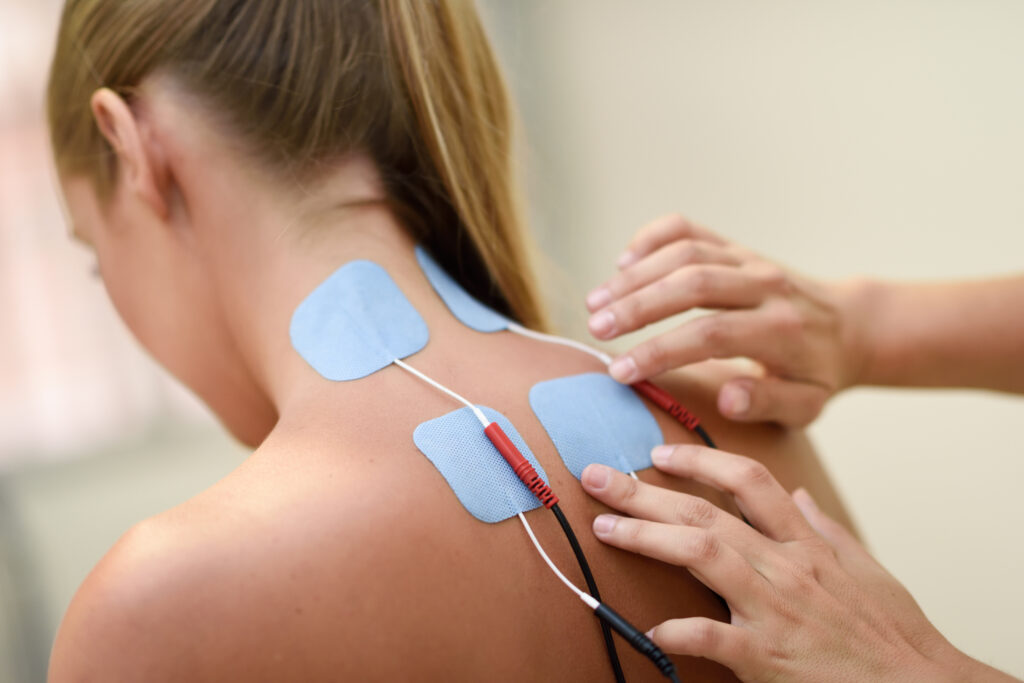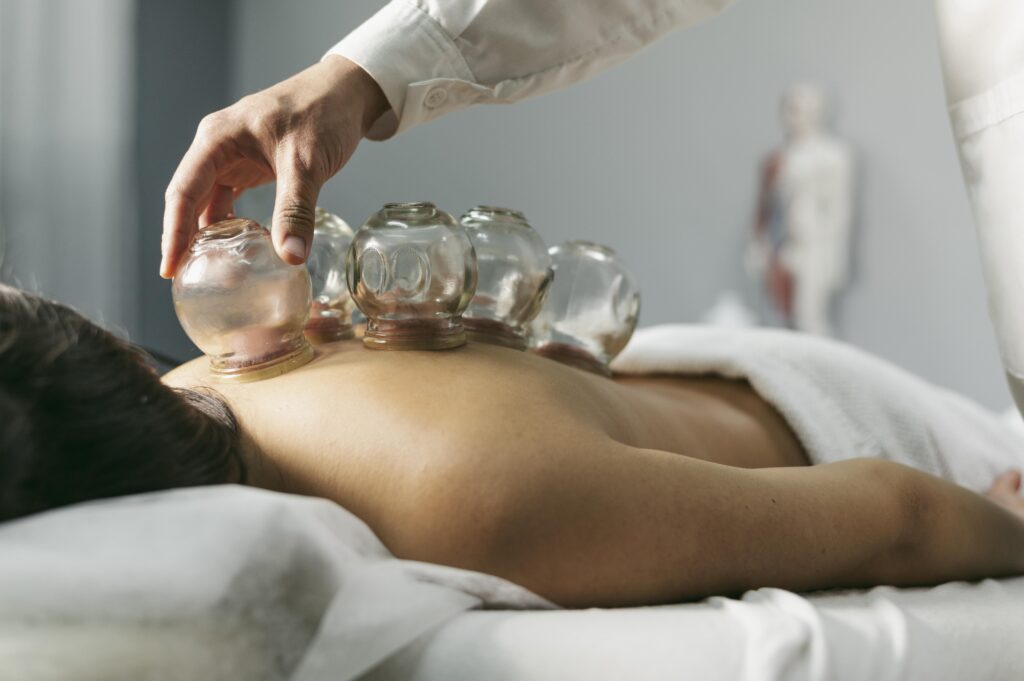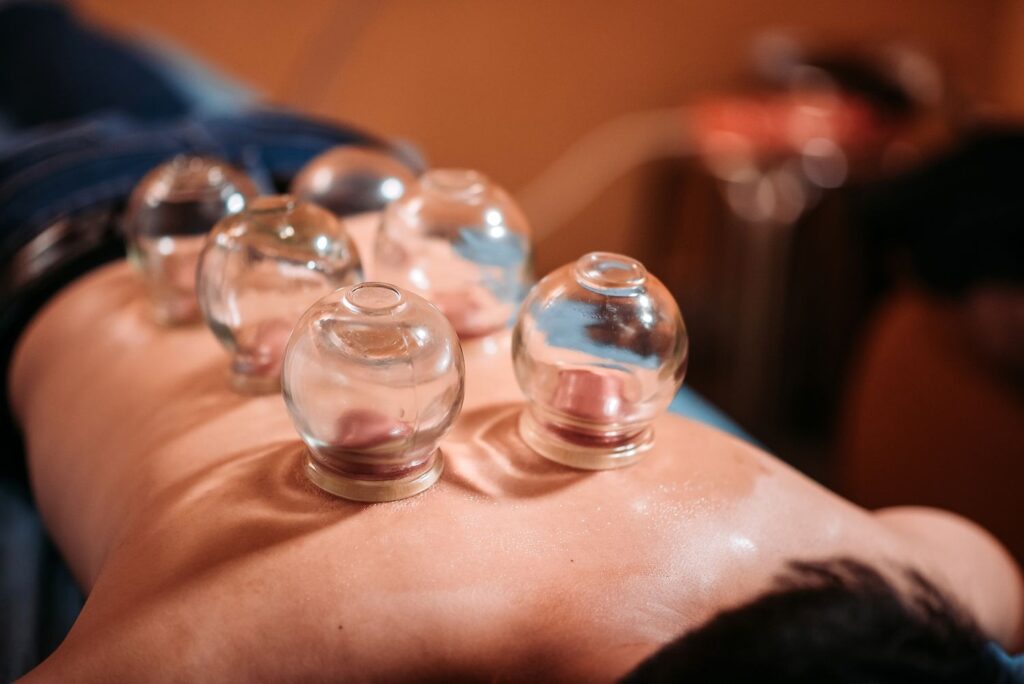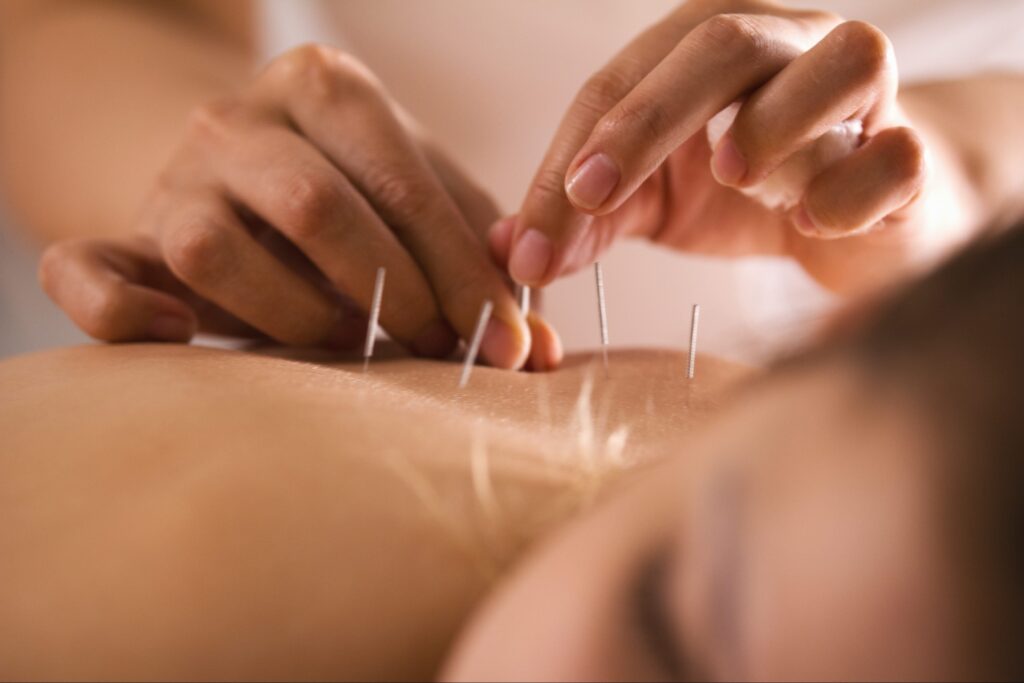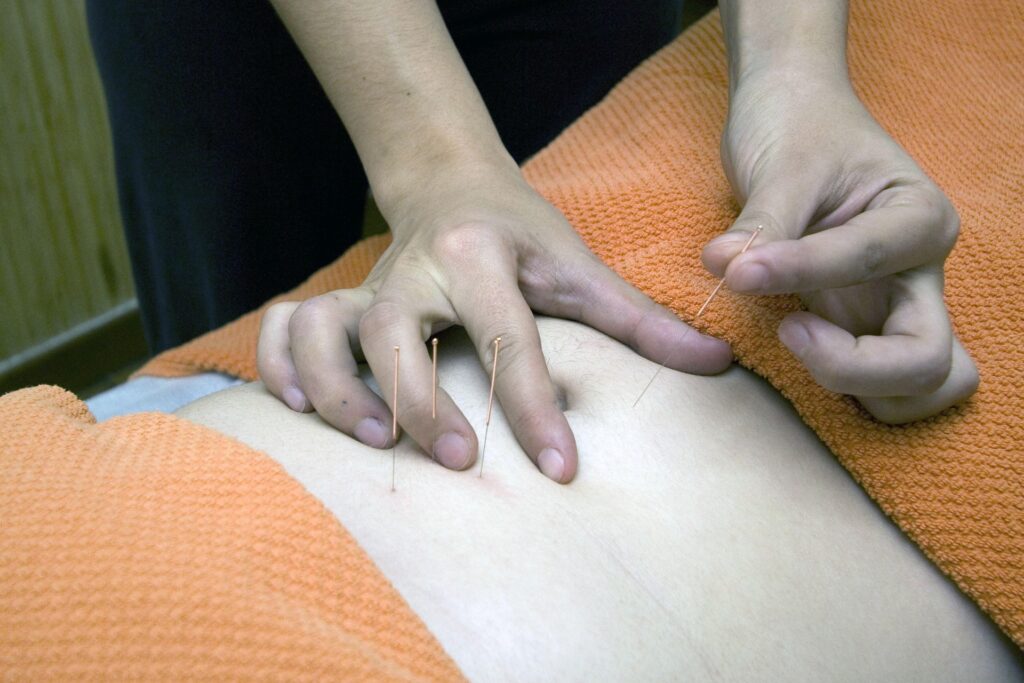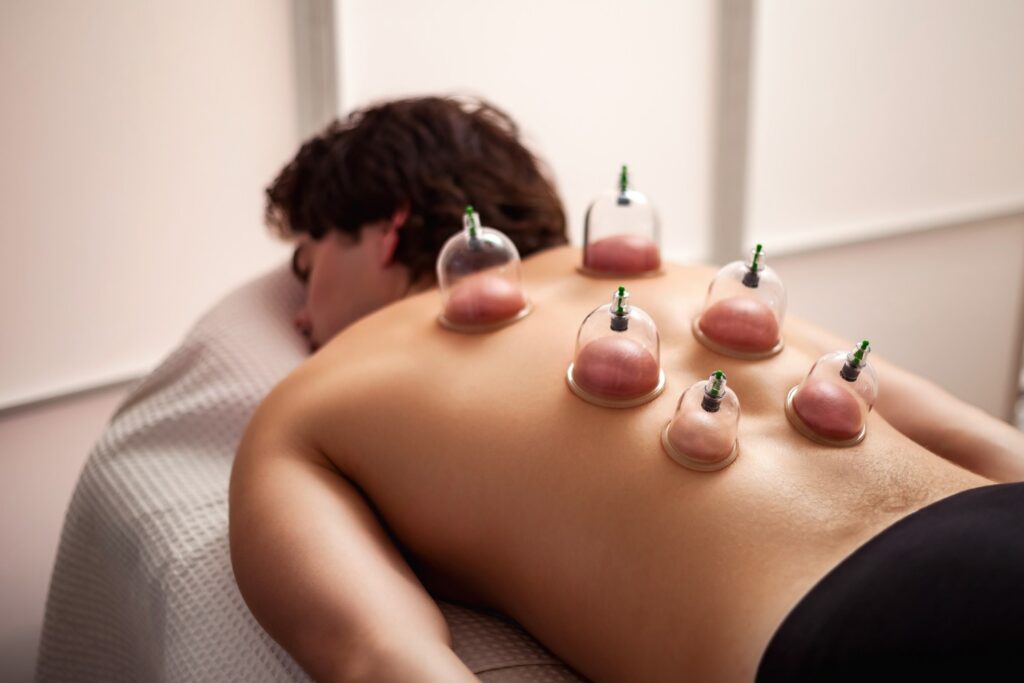Muscle Recovery Secrets: How an Ancient Method Can Improve Modern Wellness
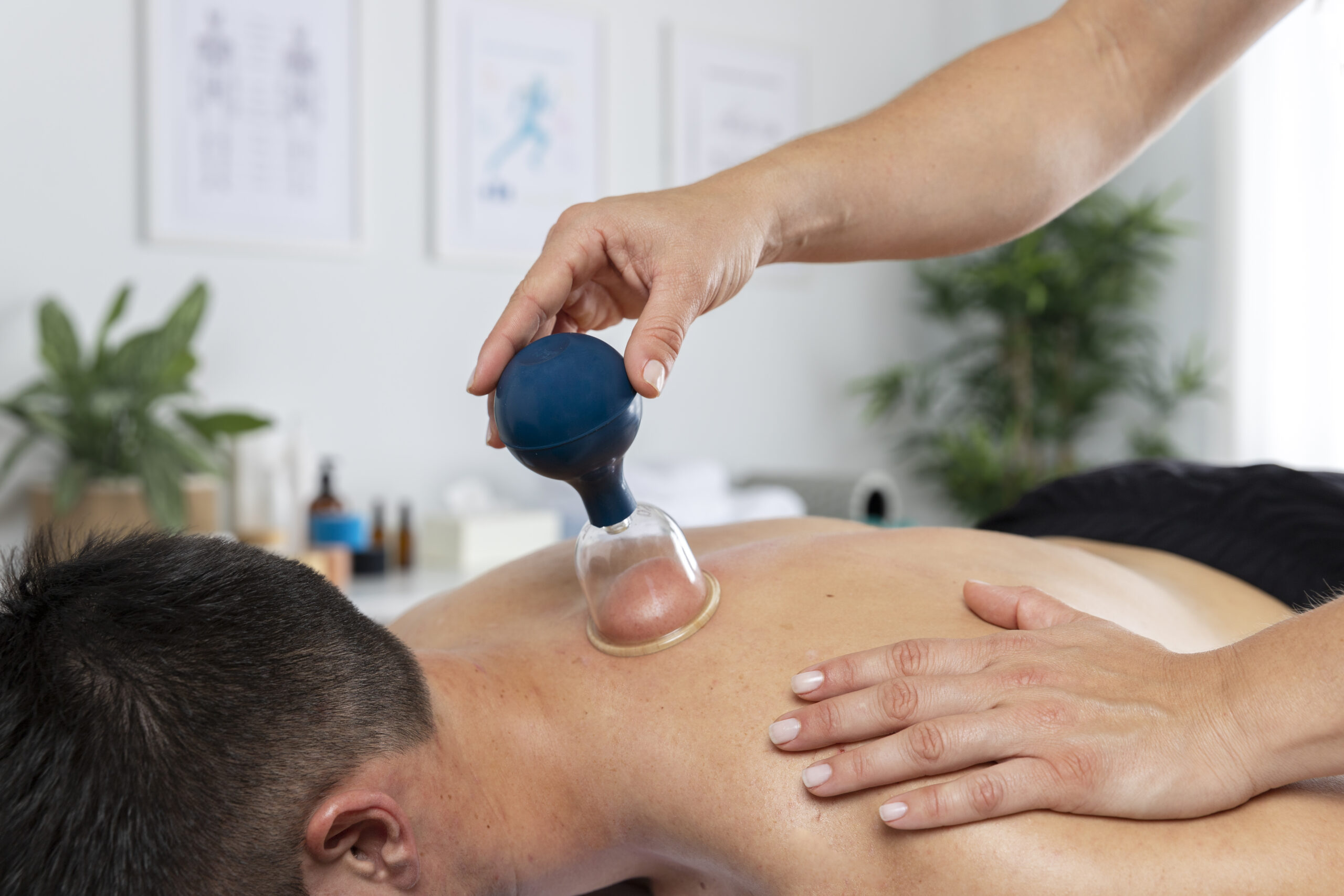
Muscle fatigue is part of life in a city that never slows down. From long hours at a desk to demanding workouts, the body pays a price for staying active and productive. To manage pain, boost circulation, and speed up recovery, many New Yorkers make use of one of the oldest wellness practices still in use today: cupping.
Cupping therapy may look unfamiliar, but its results speak for themselves. Originally rooted in traditional East Asian medicine, cupping has evolved into a modern tool for recovery, especially for those who want noninvasive, drug-free relief. As more people become interested in trying cupping therapy NYC, clinics are adapting this ancient technique to meet the expectations of today’s health-conscious clients.
What Is Cupping Therapy?
Cupping involves placing suction cups on specific areas of the body. The suction gently pulls the skin and underlying tissue upward, which promotes blood flow, loosens fascia, and reduces tension. Depending on your body’s needs, the practitioner may use stationary cups (left in place) or dynamic cupping (sliding the cups along muscle groups).
Most sessions last 20 to 30 minutes, making the process painless for most clients. Some describe it as a deep, warming stretch or the reverse sensation of a massage. The circular marks left behind are temporary and not bruises; they result from increased circulation to the area.
Why It Works
Cupping supports recovery in several key ways:
- Increased Blood Flow: Suction brings fresh oxygenated blood to tight or overworked areas, helping reduce inflammation.
- Lymphatic Support: The technique stimulates lymphatic movement, helping the body clear out toxins and metabolic waste.
- Reduced Muscle Fatigue: Cupping helps release myofascial restrictions that limit mobility and contribute to soreness.
- Nervous System Regulation: The calming effect of cupping supports relaxation, which is essential for healing and recovery.
For people considering cupping therapy NYC, these benefits are especially appealing. The treatment works well for athletes and office workers with stress, stiffness, or repetitive motion strain.
How Cupping Compares to Other Recovery Methods
Many clients ask how cupping compares to treatments like massage, acupuncture, or foam rolling. While all have their place in a wellness routine, cupping offers unique benefits:
- Massage provides broad pressure through downward force. Cupping, by contrast, lifts the tissue, decompressing muscles and fascia.
- Foam rolling requires effort and can sometimes aggravate sore muscles. Cupping is passive and professionally guided.
- Acupuncture uses needles to target energy points and deeper tissues, while cupping works more broadly on soft tissue and circulation.
In many clinics that offer cupping therapy NYC, practitioners combine these therapies to create custom treatment plans. Cupping can complement acupuncture, physical therapy, or sports recovery sessions.
Who Benefits from Cupping?
This therapy isn’t just for elite athletes or traditional medicine fans. It’s for anyone dealing with:
- Post-workout soreness
- Chronic muscle tightness
- Tension headaches or neck stiffness
- Inflammation from repetitive motion
- Low energy or sluggish circulation
Because it’s non-invasive, cupping can also be used as a preventive measure. Many clients book sessions regularly to keep their bodies balanced and avoid long-term strain.
What to Expect During Your First Visit
At your first cupping session, the practitioner will ask about your symptoms, activity level, and any ongoing tension. After identifying the focus areas, they’ll apply a series of cups to the skin using suction. You might feel a gentle pulling or stretching sensation, but discomfort is minimal.
The session is calm and quiet, allowing your body to relax as the therapy works. Afterward, you might notice red or purple circles at the treatment site, a normal response that fades within a few days.
Many clients report improved mobility, better sleep, and reduced soreness after one or two sessions. A short series of treatments spaced over several weeks may be recommended for ongoing issues.
Why NYC Clients Are Choosing Cupping Therapy
With people prioritizing holistic health, cupping fits naturally into the routines of those who want to recover smarter and feel better without relying on pain medication or invasive procedures.
New York residents, in particular, value fast, effective, and accessible care. Cupping sessions can be scheduled between meetings, after workouts, or at the end of a stressful day. The treatment doesn’t require downtime, which makes it ideal for anyone trying to stay consistent with wellness goals while navigating a packed calendar.
Grand Madison Acupuncture tailors cupping sessions to each client, offering targeted care based on symptoms, stress levels, and physical activity.
Final Thoughts
Cupping therapy may be centuries old, but its relevance in modern wellness is stronger than ever. With benefits that include better circulation, reduced tension, and faster recovery, it’s no surprise that more people are including cupping therapy as part of their proactive health routine. Cupping might be the right fit if you’re looking for a natural, evidence-informed method to support muscle recovery and manage everyday stress.

